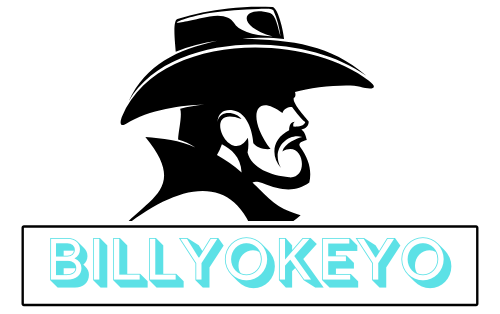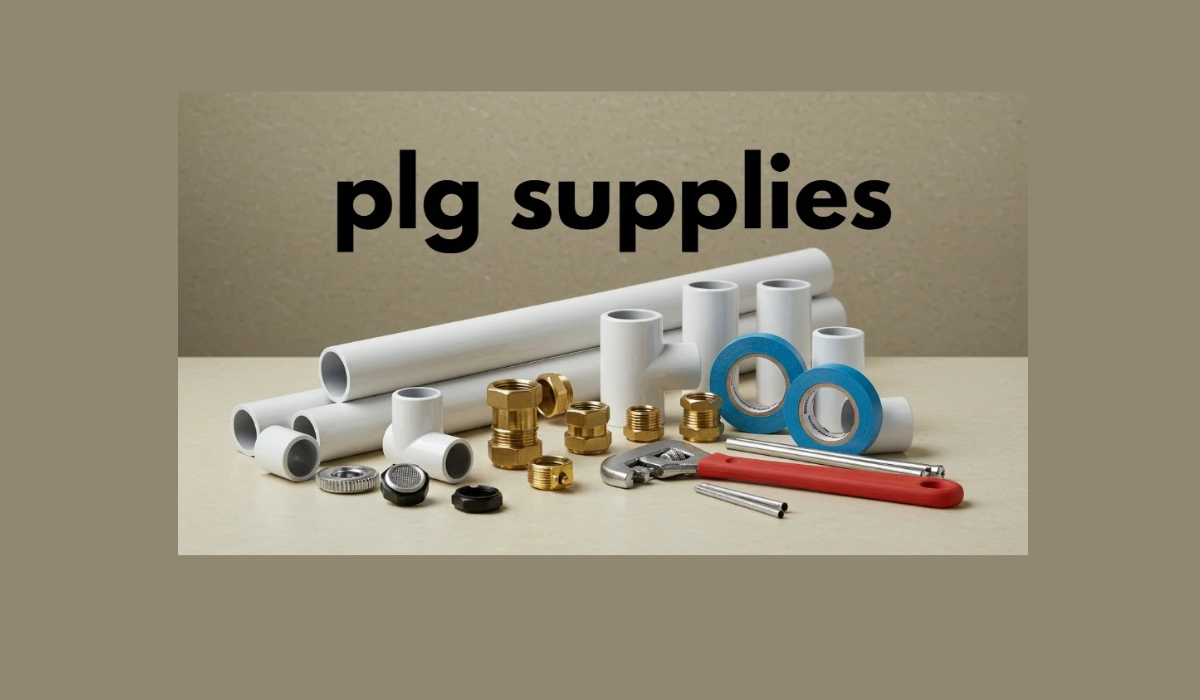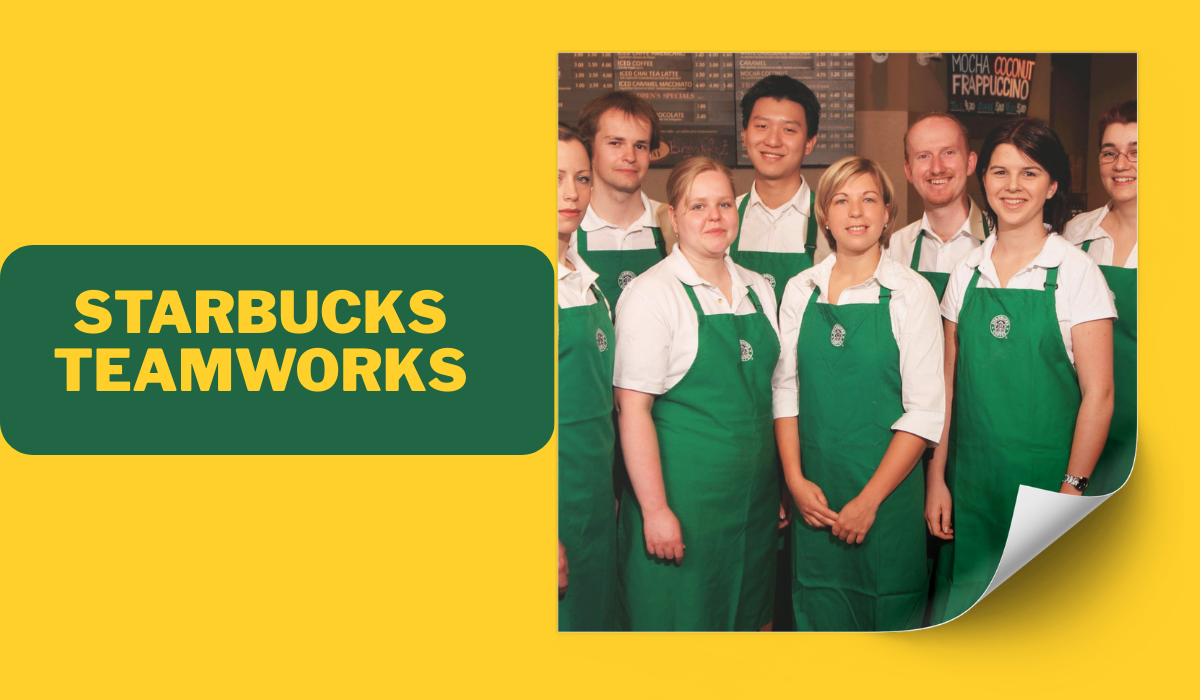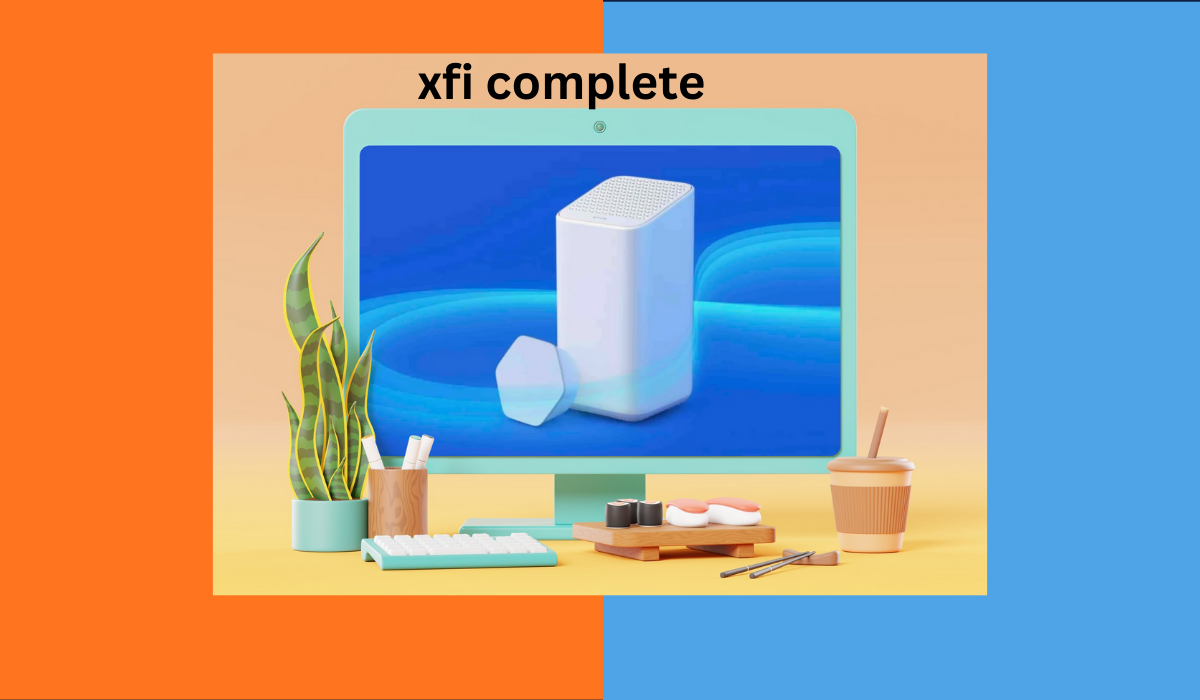Product-Led Growth (PLG) has become a key strategy for businesses looking to scale effectively and sustainably. Central to this approach are PLG supplies, a foundational framework that supports businesses in leveraging products as the main drivers of growth. But what exactly are PLG supplies, and how can organizations maximize their impact? This comprehensive guide will walk you through everything you need to know about PLG supplies, from their importance to future trends, and offer actionable strategies for success.
What Are PLG Supplies and Why Do They Matter?
PLG (Product-Led Growth) supplies refer to the tools, resources, and processes that enable companies to implement and scale a PLG strategy effectively. At its core, PLG focuses on using the product itself as the primary vehicle for customer acquisition, retention, and expansion. PLG supplies encompass everything from user analytics tools to freemium models designed to increase product adoption and engagement.
Why are PLG supplies so important? With buyers becoming increasingly independent in their decision-making and focusing on hands-on product experiences, PLG moves away from traditional sales-heavy models. Instead, it aligns business success with delivering real value through the product.
Whether you’re running a SaaS platform or developing consumer-facing software, understanding and deploying PLG supplies effectively can directly impact user satisfaction, revenue growth, and long-term success.
Key Components of Effective PLG Supplies
To implement Product-Led Growth successfully, you need effective PLG supplies in place. Here are the key components to focus on:
1. Freemium or Free Trial Models
Having a freemium plan or free trial option allows users to explore your product and experience its value before committing to a subscription or premium plan. Tools like Slack and Dropbox have mastered this model, converting free users into paying customers once they’ve experienced the benefits.
Key Tip: Provide value in your free plans but reserve some high-impact features for premium tiers.
2. Onboarding Experiences
A seamless onboarding process is critical for converting users into active adopters. PLG supplies for onboarding may include tooltips, guided tutorials, and other in-app assistance to help users achieve their first “aha moment” quickly.
Example: Figma, a design tool, offers an intuitive onboarding flow that allows new users to start collaborating with their teams almost immediately.
3. Usage Analytics
Data is central to any PLG strategy. Usage analytics tools like Mixpanel or Amplitude help track user behavior, identifying how they interact with your product and where bottlenecks or challenges may occur.
Pro Tip: Regularly review analytics to identify areas of friction where users may be dropping off and implement changes to improve their experiences.
4. Self-Service Features
PLG supplies often include resources that allow users to manage their accounts and resolve issues independently. This could be anything from self-serve billing functionalities to knowledge bases.
Why It Matters: Reducing reliance on customer support allows users to solve problems faster while keeping operating costs low.
Best Practices for Implementing PLG Supplies
Now that you understand the components, here’s how to implement PLG supplies effectively in your organization:
1. Start with Customer Pain Points
Before you even think about tools, identify the biggest challenges your customers face. Build your product offerings and PLG supplies around solving these problems quickly and efficiently.
2. Streamline the Onboarding Process
Your PLG supplies should focus on getting users to experience value as soon as possible. Set up automated emails, interactive walkthroughs, and milestone markers to guide users in their first steps.
3. Continuously Iterate
The effectiveness of PLG supplies relies on continuous monitoring and improvement. Collect user feedback and refine your processes or features based on their inputs.
4. Democratize Data Access
Ensure that analytics dashboards and tools are accessible across teams. Product teams can drive innovation, marketing teams can improve messaging, and sales teams can identify upsell opportunities based on this information.
5. Align Teams Behind PLG Goals
Implementing PLG is not just about tools; it requires organizational alignment. Make sure all teams understand how their roles contribute to product-led success.
Measuring the Success of Your PLG Supplies
How do you know if your PLG strategy is working? Success metrics often include a mix of product performance indicators and customer-centric outcomes.
- Activation Rates: Look at the percentage of users who complete key actions during their initial interaction with your product.
- Retention Rates: Evaluate whether users keep coming back to use your product after their initial sign-up.
- Expansion Revenue: Measure the revenue growth from existing users through upgrades, upsells, or additional purchases.
- Net Promoter Score (NPS): Gather insights into user satisfaction and likelihood to recommend your product.
By focusing on these metrics, you can assess both the effectiveness of your PLG supplies and the overall success of your product-led strategy.
Future Trends in PLG Supplies
The landscape of PLG supplies is constantly evolving. Here’s what you can expect to see in the near future:
1. Deeper Integration of AI
AI-powered tools are taking PLG to the next level, offering predictive analytics, automated user segmentation, and personalized experiences at scale.
Example: AI-based chatbots that proactively offer support during onboarding.
2. Enhanced Personalization
Products are leveraging data to create ultra-personalized user journeys, ensuring every touchpoint adds value for the customer.
3. Focus on Community-Led Growth
Alongside PLG, more businesses are leaning on community-building as part of their growth strategies. Forums, social media groups, and user communities are being integrated into PLG supplies to drive organic referrals and deeper engagement.
Unlock the Full Potential of PLG Supplies
Implementing PLG supplies is no longer optional for businesses looking to stay competitive in a fast-evolving marketplace. By focusing on the customer first and leveraging tools that align with a product-led strategy, organizations can drive rapid growth while promoting long-term loyalty and satisfaction.
Interested in optimizing your own PLG strategy? Explore our suite of tools designed specifically for businesses prioritizing Product-Led Growth. Don’t wait to start building your success today!
You May Also Like:





